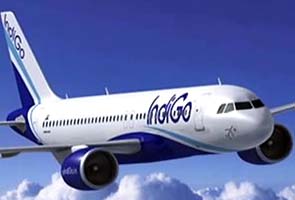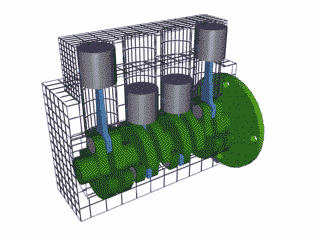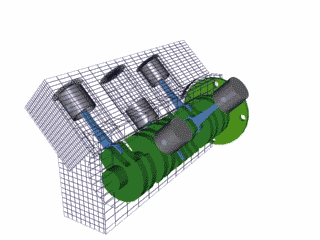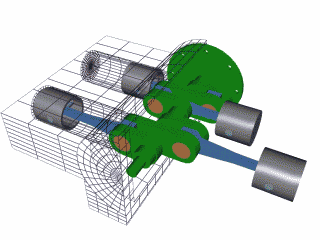Indian budget airline IndiGo has signed an agreement to buy 180 Airbus A320 aircraft, the European plane maker said, in a record sale worth USD 16.4 billion.
"It is the largest single firm order number for large jets in commercial aviation history," Airbus said in a statement, although the company has signed contracts worth more financially.
The low-cost airline has signed a memorandum of understanding to acquire 150 single-aisle A320neo jets. The neo versions -- "new engine option" -- are equipped with more efficient engines and fuel-saving wing tips.
IndiGo is the first client for this new version of the aircraft, which Airbus only unveiled last month and plans to start delivering in early 2016. The other 30 planes are to be standard versions of the A320.
"It is the largest single firm order number for large jets in commercial aviation history," Airbus said in a statement, although the company has signed contracts worth more financially.
The low-cost airline has signed a memorandum of understanding to acquire 150 single-aisle A320neo jets. The neo versions -- "new engine option" -- are equipped with more efficient engines and fuel-saving wing tips.
IndiGo is the first client for this new version of the aircraft, which Airbus only unveiled last month and plans to start delivering in early 2016. The other 30 planes are to be standard versions of the A320.












